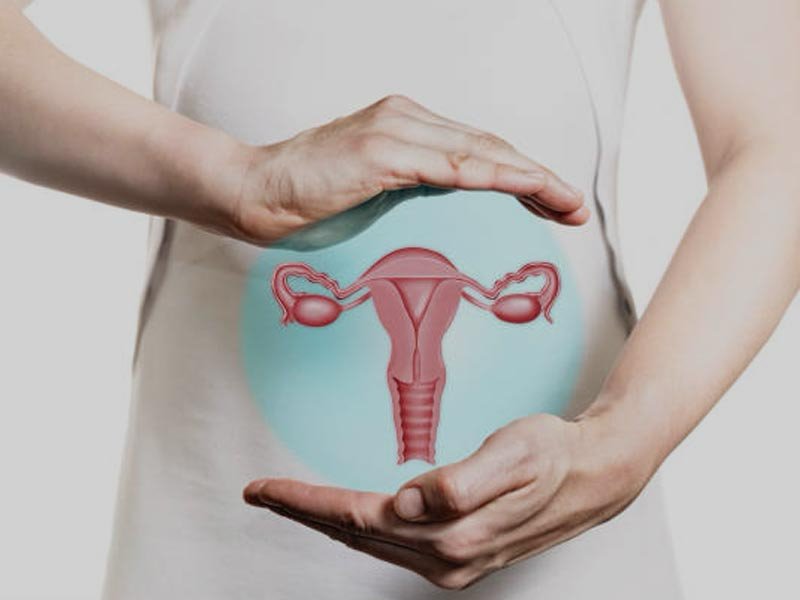Advancements in regenerative medicine have opened the door to incredible possibilities, including the potential to restore lost limbs. Stem cell research is at the forefront of this groundbreaking development, offering hope to millions who have experienced limb loss. In this article, we will explore the future of limb restoration through stem cells and the revolutionary impact it could have on healthcare.
What Are Stem Cells?
Stem cells are unique cells with the ability to develop into different types of tissues in the body. Unlike other cells, stem cells can self-renew and differentiate into specialized cells such as muscle, bone, and nerve tissue. This makes them a powerful tool for regenerative medicine, as they can replace damaged or lost cells in the body.
Types of Stem Cells
- Embryonic Stem Cells: Derived from early-stage embryos, these cells have the ability to differentiate into any type of cell in the body.
- Adult Stem Cells: Found in various tissues, such as bone marrow, these cells are more limited in their potential but are still useful in repairing damaged tissues.
- Induced Pluripotent Stem Cells (iPSCs): Created by reprogramming adult cells to behave like embryonic stem cells, these can potentially turn into any cell type and bypass some ethical concerns.
The Role of Stem Cells in Limb Restoration
The idea of restoring limbs through stem cells revolves around the concept of tissue regeneration. When a limb is lost, the body’s natural healing process cannot replace the complex structure of bones, muscles, nerves, and blood vessels. Stem cells, however, can be directed to grow and form these tissues, paving the way for complete limb restoration.
Current Research and Breakthroughs
- Bone Regeneration: Scientists have successfully used stem cells to stimulate the growth of new bone in animal models. In human trials, bone regeneration using stem cells has shown promise for individuals who have lost bone due to injury or disease.
- Muscle and Nerve Repair: Researchers are working on ways to use stem cells to repair damaged muscle and nerve tissues. This is critical for limb restoration, as the nervous system must connect with the new tissues for functional movement.
- 3D Bioprinting: One of the most exciting advancements in the field is the combination of stem cells with 3D bioprinting technology. This method involves printing layers of cells and biomaterials to create complex structures like bones and muscles. The integration of stem cells into these structures ensures that they grow and integrate with the body.
The Future of Limb Restoration
The future of stem cell therapy for limb restoration is promising, with several exciting possibilities on the horizon:
- Fully Functional Limbs: Researchers are working towards creating fully functional limbs that can move, feel, and integrate with the body’s existing tissues. In the coming decades, it may be possible to restore limbs lost to trauma, illness, or congenital defects.
- Faster Recovery: Unlike prosthetics, which require extensive rehabilitation, stem cell-based limb restoration could allow for quicker recovery and a more natural range of motion.
- Personalized Medicine: With the advancement of iPSCs, personalized limb restoration could become a reality. Patients could have their own cells reprogrammed and used to regenerate their lost limbs, reducing the risk of rejection and improving the overall outcome.
Challenges and Ethical Considerations
While the future of limb restoration through stem cells is exciting, there are still significant challenges to overcome. These include:
- Immune Response: Ensuring that the body does not reject the new tissues remains a hurdle in stem cell therapy.
- Complexity of Limb Structures: Recreating the intricate anatomy of a limb, including bones, muscles, nerves, and blood vessels, requires further research.
- Ethical Issues: The use of embryonic stem cells continues to spark ethical debates, though advancements in iPSCs provide a promising alternative.
Conclusion
The future of limb restoration through stem cells is one of the most exciting areas in regenerative medicine. With ongoing research and technological innovations, the dream of fully restoring lost limbs is becoming increasingly realistic. As the field continues to evolve, millions of people who have experienced limb loss could soon have access to life-changing treatments that offer hope for complete recovery.
Scientific Sources
- National Institutes of Health (NIH) – “Stem Cell Basics”
NIH Stem Cell Guide - Harvard Stem Cell Institute – “Limb Regeneration Research”
Harvard Research on Stem Cells - Nature Journal – “3D Bioprinting and Stem Cells”
Nature Study on Bioprinting - Stem Cell Research & Therapy – “Regeneration of Bone and Muscle Using Stem Cells”
Stem Cell Research Journal
With continued advancements in stem cell research, the potential to restore lost limbs will no longer be a distant dream but a medical reality.




